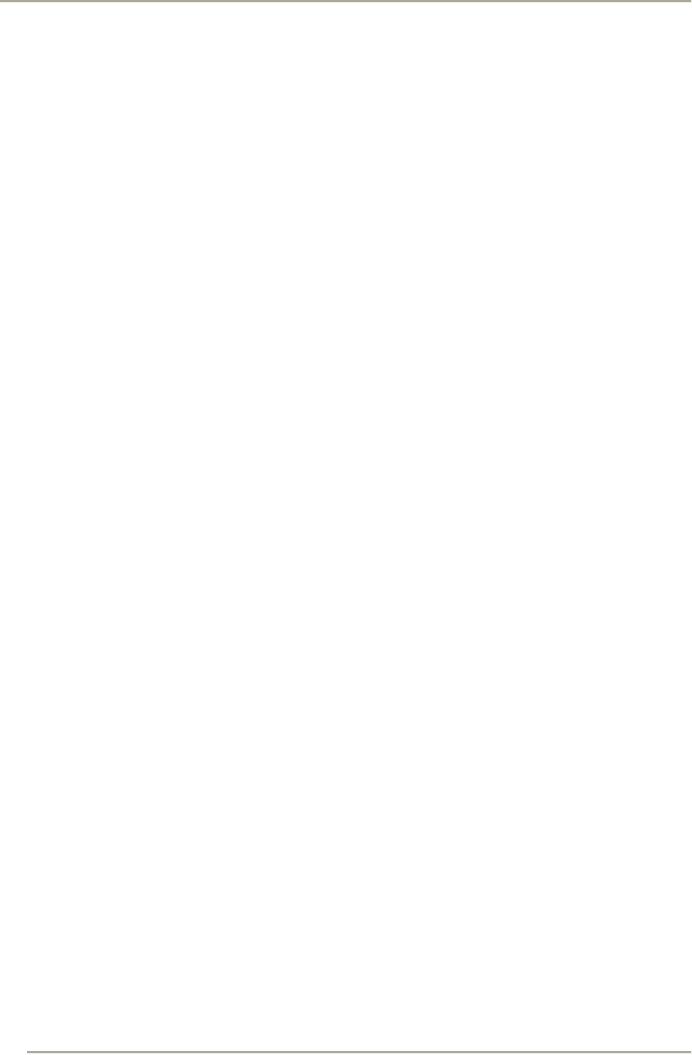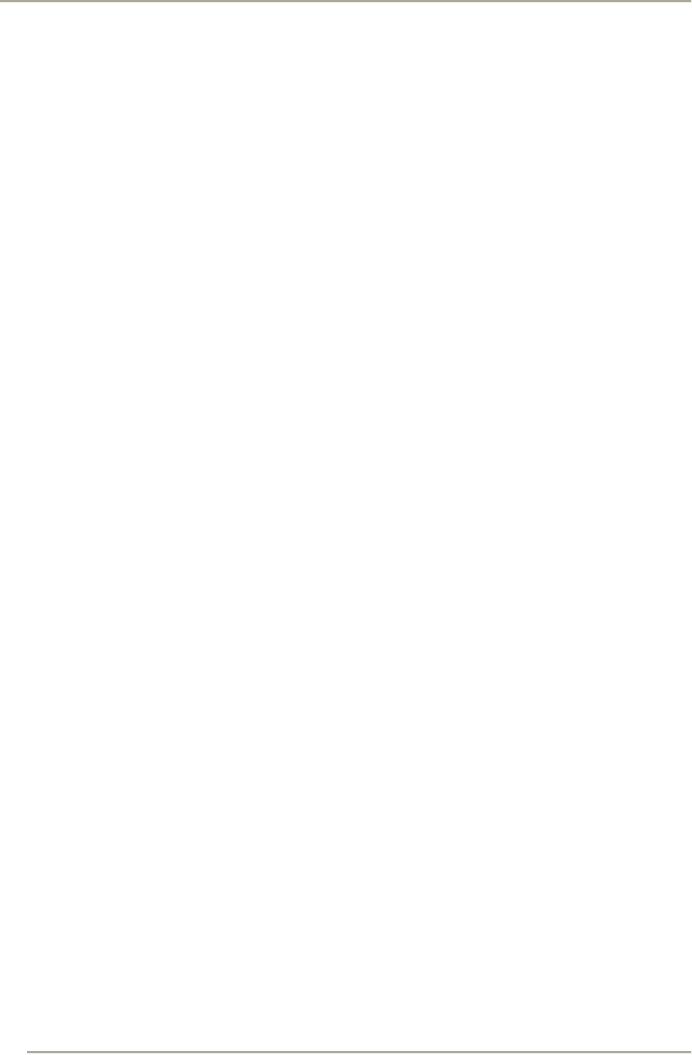 |
MEDIA THEORIES:Libertarian Theory, Social Responsibility Theory |
| << IMPACT OF ADVERTISING:Trial, Continuity, Brand Switching, Market Share |
| NEW MEDIA IN MASS COMMUNICATION:Technology forcing changes >> |

Introduction
to Mass Communication MCM
101
VU
LESSON
39
MEDIA
THEORIES
The
term media
theory refers
to a model that explains the relationship
between media and
social
reality.
Media as an enterprise holds a unique
status from one way it
is like an industry which gives
its
products
and service and earn
money but from another way
media is supposed to talk
about society, people,
attitude,
interaction, guidance and the most
crucial and sensitive,
criticism.
The
criticism media does-on individuals,
business sector and the
governments, pinches many in
many ways.
If
media does not perform this
function, it is rendered
redundant.
How
media is seen, controlled
and dealt with, will be
outlined in the following paragraphs
through the study
of
four distinct theories which
generally command on media
behaviour and its outlook in
different societies.
Authoritarian
Theory
Long
before the democratic societies could
think of matters pertaining to freedom of
speech, there
existed
a thought that the emergence of
media should not challenge the
writ of the government which were
more
in dictatorial form and less
they looked like democracies.
The media was forced to
remain under state
control.
It had following features which, in
non democratic governments
still rule on media.
�
Direct
governmental control of the media.
�
Typical
to pre-democratic societies, where the
government consists of a very limited and
small
ruling-class.
�
No
printing that could undermine the
established authority
�
No
offense to existing political set
up
�
The
government may punish anyone who
questions the state's
ideology.
�
Media
professionals are not allowed to
have any independence within
the media organization.
�
Registration
of the media by the state.
This
approach is designed to protect the
established social order,
setting clear limits to
media freedom and
ensure
that it is not the media
which must talk about people
and their problems in any
manner.
Libertarian
Theory
This
is just in contrast to the authoritarian
approach to media. Here
media enjoys an absolute
freedom
of
expression. Its prominent
features go like
this:
�
Competitive
exposure of alternative viewpoints.
�
Attacks
on the government's policies are
accepted and even
encouraged: the media as a
watchdog
�
Journalists
and media professionals
ought to have full autonomy
within the media organization.
�
There
is no explicit connection between the government
and the media.
�
The
press is free from
censorship
�
It
is accountable to the law for
any consequences of its activities
that infringe other
individuals'
rights
or the legitimate claims of the
society.
�
The
protection of dignity, reputation,
property, privacy, moral development of individuals,
groups,
minorities,
evens the security of the state no
infringement accepted from
media.
Such
an extensive freedom is also a problem as
all people have the right to
speak and receive
information
freely,
but no one takes responsibility of the
wrong doings. The ethics in
multicultural or pluralistic
societies
vary
from place to place; hence
there is always complaint
against the media of each other's
society.
Soviet
Theory
135

Introduction
to Mass Communication MCM
101
VU
With
the revolution in Russia in 1917,
and practice of Marxism, there
appeared a very different
approach
to deal with media. The
media was tied to overall
communist ideas and defined
in a very different
way.
The theory to control media
possessed following
features:
�
Closely
tied to the communist
ideology.
�
The
media is collective agitator, propagandist
and educator in the building of
communism.
�
No
private ownership of the media.
�
The
government is superior to the media
institutions.
�
The
media is supposed to be
serious
The
soviet theory does not favor
free expression, but
proposes a positive role for
the media, the society
and
the
world.
Social
Responsibility Theory
This
theory keeps certain areas
free for the Press but at
the same time puts lot of responsibility
on
media.
As discussed in the beginning that the
media is not just seen as an
enterprise like others in
the
business
sector of any society, but
due to its unique nature,
society expects a particular role
which media
must
play in getting rid of social evils,
educating people, criticizing government
policies and exposing
other
wrong
doings in a society. The
sense of responsibility has been
emphasized more in this theory as
compared
to
any other.
�
Media
has certain obligations to
society:
�
It
must show truth, accuracy,
objectivity, and
balance
�
The
media should be free but
self-regulated (codes of conduct, and
ethics)
�
The
media is pluralistic: diversity of society,
various points of view,
forum for ideas
�
The
media ownership is a public trust. The
journalist is accountable to his
audience / readers.
Theories
and open debate on
media
Not
confined to the extent of theories, the
media always faces (and is
open to) criticism and
social
scientists
always keep this debate open as
how best media could be used
to improve functioning of
civil
society
and promotion of democratic
sense and practices.
In
their view If people's knowledge,
understandings, capabilities, and
actions are manufactured,
it
simultaneously
follows that they can be developed,
improved, and individualized in
proper (ideal-
democratic)
circumstances.
Among
these circumstances, proper communication
networks are inevitable.
Because
of new developments, the relationship
among the state, private
sectors, markets, and civil
society
profoundly
changed during the
1980s.
In
politically and economically
advanced societies the change is
based on new information
and
telecommunications
technologies, which affected the
media industries in terms of
economic restructuring,
and
on a new social and
political environment, as reflected by
media contents.
A
basic question is: Who gave
media the right to do the things they
do?
Like
to investigate wrongdoings by public officials, to
delve into the private lives
of public figures and
to
report
on the shortcomings of government and
institutions are all forms of the
criticism media face all
over
the
world.
Purpose
of talking on this topic is to make
people linked with mass
media to understand the
relationship
between
media and society and
how the media is understood by the
scholars in the society.
136
Table of Contents:
- MASS COMMUNICATION – AN OVERVIEW:Relationships, Power
- EARLY MASS COMMUNICATION AND PRINTING TECHNOLOGY
- SEVEN CENTURIES OF MASS COMMUNICATION – FROM PRINTING TO COMPUTER
- ELEMENTS OF COMMUNICATION AND EARLY COMMUNICATION MODELS
- COMMUNICATION MODELS – GRAPHIC PRESENTATION OF COMPLEX ISSUES
- TYPES AND FORMS OF COMMUNICATION:Inter personal, Combination
- MESSAGE – ROOT OF COMMUNICATION I:VERBAL MESSAGE, Static Evaluation
- MESSAGE – ROOT OF COMMUNICATION II:Conflicts, Brevity of Message
- EFFECTS OF COMMUNICATION:Helping Out Others, Relaxation
- COMMUNICATION AND CULTURE:Enculturation, Acculturation
- LANGUAGE IN COMMUNICATION:Polarization, Labeling, Static meanings
- STEREOTYPING – A TYPICAL HURDLE IN MASS COMMUNICATION:Stereotype Groups
- MASS MEDIA – HISTORICAL PERSPECTIVE:Early analysis on manuscripts
- EMERGENCE OF PRINT MEDIA AROUND THE WORLD:Colonial journalism
- TELEGRAPH DOES MIRACLE IN DISTANCE COMMUNICATION TELEX AND TELEPHONE ENTHRALL PRINT COMMUNICATION
- TYPES OF PRINT MEDIA:Newspapers, Magazines, Books
- PRESS FREEDOM, LAWS AND ETHICS – NEW DEBATE RAGING STILL HARD
- INDUSTRIALIZATION OF PRINT PROCESSES:Lithography, Offset printing
- EFFECTS OF PRINT MEDIA ON SOCIETY:Economic ideas, Politics
- ADVERTISING – HAND IN HAND WITH MEDIA:Historical background
- RENAISSANCE AND SCIENTIFIC REVOLUTION: ROLE OF PRINT MEDIA:Science
- RECAP:Elements of communication, Books, Printing, Verbal Message
- MEDIA MANAGEMENT:Division, Business section, Press
- IMAGES IN MASS COMMUNICATION – INVENTION OF PHOTOGRAPHY:Portrait photography
- MOTION PICTURES – A NEW WAY IN MASS COMMUNICATION-I:Definition
- MOTION PICTURES – A NEW WAY IN MASS COMMUNICATION (Cont...):Post-Studio Era
- FILM MEDIA IN SUBCONTINENT AND PAKISTAN-I:Accusations of plagiarism
- FILM MEDIA IN SUBCONTINENT AND PAKISTAN (II) & ITS EFFECTS:First Color film
- PROPAGANDA:Types in another manner, Propaganda in revolutions
- RADIO – A BREAKTHROUGH IN MASS COMMUNICATION:What to broadcast
- EFFECTS OF RADIO ON SOCIETY:Entertainment, Information, Jobs
- TELEVISION – A NEW DIMENSION IN MASS COMMUNICATION:Early Discoveries
- TV IN PAKISTAN:Enthusiasm, Live Broadcast, PTV goes colored
- EFFECTS OF TELEVISION ON SOCIETY:Seeing is believing, Fashion
- PUBLIC RELATIONS AND MASS COMMUNICATION - I:History, Case Study
- PUBLIC RELATIONS AND MASS COMMUNICATION - II:Audience targeting
- ADVERTISING BEYOND PRINT MEDIA:Covert advertising
- IMPACT OF ADVERTISING:Trial, Continuity, Brand Switching, Market Share
- MEDIA THEORIES:Libertarian Theory, Social Responsibility Theory
- NEW MEDIA IN MASS COMMUNICATION:Technology forcing changes
- GLOBALIZATION OF MEDIA:Media and consumerism, Media centralization
- MEDIA MERGENCE:Radio, TV mergence, Economic reasons
- MASS MEDIA IN PRESENT AGE:Magazine, Radio, TV
- CRITICISM ON MEDIA:Sensationalize, Biasness, Private life, obscenity
- RECAP:Legends of South Asian Film Industry, Radio, Television, PTV goes colored